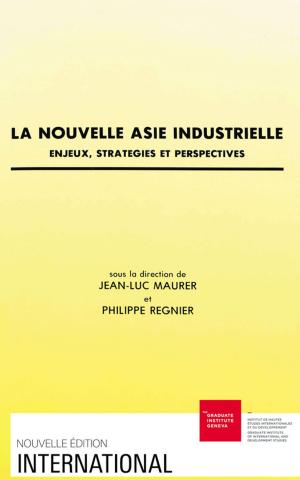| Author: | Daniela Benavente | ISBN: | 9782940503216 |
| Publisher: | Graduate Institute Publications | Publication: | April 8, 2013 |
| Imprint: | Graduate Institute Publications | Language: | English |
| Author: | Daniela Benavente |
| ISBN: | 9782940503216 |
| Publisher: | Graduate Institute Publications |
| Publication: | April 8, 2013 |
| Imprint: | Graduate Institute Publications |
| Language: | English |
This book seeks to contribute to an understanding of the role played by international trade law in shaping economic outcomes from a theoretical perspective. The focus is on geographical indications (GI), an intellectual property right defined in the TRIPs Agreement of the WTO. The premise is that a GI can be conceptualized as a ‘club asset’: firms that produce GI-labelled goods both add value and derive benefits from the GI. The book starts by presenting a dynamic model of GI reputation under the assumption that quality is endogenous. This is followed by a static partial equilibrium model of club optimality conditions under the assumption that quality is exogenous (defined by a standard). The author concludes by presenting a model of the welfare effects of the so called “claw-back” of GIs, when a country starts protecting a foreign GI previously considered generic.
This book seeks to contribute to an understanding of the role played by international trade law in shaping economic outcomes from a theoretical perspective. The focus is on geographical indications (GI), an intellectual property right defined in the TRIPs Agreement of the WTO. The premise is that a GI can be conceptualized as a ‘club asset’: firms that produce GI-labelled goods both add value and derive benefits from the GI. The book starts by presenting a dynamic model of GI reputation under the assumption that quality is endogenous. This is followed by a static partial equilibrium model of club optimality conditions under the assumption that quality is exogenous (defined by a standard). The author concludes by presenting a model of the welfare effects of the so called “claw-back” of GIs, when a country starts protecting a foreign GI previously considered generic.















